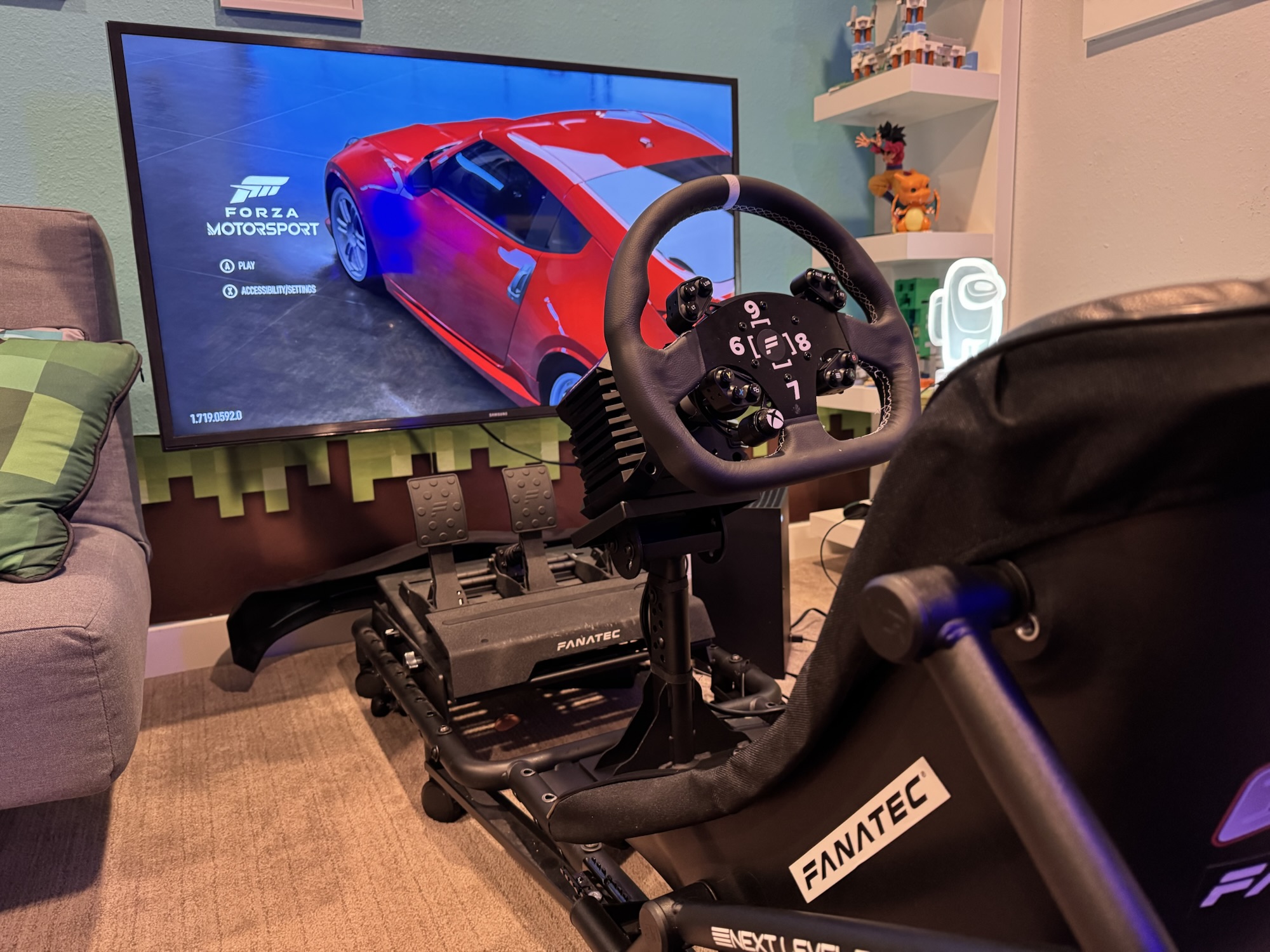
Breaking into high-performance driving can feel overwhelming, even with resources like driving schools and track days. For those new to this world, the challenges of cost, access, and preparation can seem daunting. Thankfully, there’s a way to build your driving skills and confidence right from the comfort of your home: simulators.
Why a simulator? Because you have to practice driving a car in a high performance manner and figure out and learn tracks.
If you’re just getting started, you’re not alone in feeling that even the simulator world can be complex. Gran Turismo 7 and Forza Motorsport have come a long way in recent generations, offering a balance of accessibility and realism. While they may not be as hardcore as iRacing or RFactor2, their physics engines have significantly improved from earlier arcade-style versions. The games now feature photo-realistic graphics, delivering some of the most visually stunning racing environments available in any form of media.
But in this guide, we’re focusing on the simplest and most accessible path: using a simulation-based game like Gran Turismo 7 on PlayStation 5 or Forza Motorsport on Xbox Series S or X, paired with a steering wheel and pedal set from makers such as Fanatec, Moza, Thurstmaster or Logitech. Why consoles? It’s the lowest cost and least complex way to get into sim driving.
In future posts, we’ll cover the more hardcore, usually more expensive, and more complex but more realistic world of PC simulators.
The Wheel and Pedal Set
While a controller technically works (and there are some seriously fast controller based sim drivers in the world), investing in a steering wheel and pedal set transforms the experience. Remember, you’re doing this because you want to drive in the real world, so you need to replicate the real world as best you can. You need to better replicate the sport driving seating and body position. Driving a car via a game controller won’t help you in driving a car with your hands, neck, feet, core, etc…
Here are some recommendations tailored to beginners using Gran Turismo 7 or Forza Motorsport:
- Moza R3 Racing Wheel and Pedals: A fantastic entry-level option offering responsive feedback and solid build quality. It’s compatible with both PC and consoles, making it a versatile choice for beginners looking for immersive gameplay.
- Logitech G29/G920: Affordable and compatible with both PlayStation (G29) and Xbox (G920), this set offers solid force feedback and durability.
- Thrustmaster T248: A step up in features, it supports force feedback and customizable pedal resistance, making it great for beginners aiming for a more immersive experience.
- Fanatec DD: For those wanting a premium experience, Fanatec offers wheel bases with direct drive technology, providing incredibly realistic feedback. Pair it with the Fanatec pedals and steering wheels for a plug and play experience.
Key features to look for include:
- Force Feedback: Simulates the forces acting on the car for realistic feel via the steering wheel.
- Responsive Pedals: Allows precise throttle and brake modulation.
- Adjustable Settings: Customizable settings to match your preferences and skill level.
A basic setup can cost anywhere from $300 to $1,000, offering a significant return in terms of immersion and skill development.
All of the options above have options where the wheel and pedals can be a fixed to a desk or ultimately not require a full cockpit setup. But at some point, if you’re really dedicated to driving well in real life, you’ll end up needing to get a cockpit solution but there are many to choose from (something we’ll cover in future blog posts).
Below is the simulator setup we put in my son’s room:
- We had an extra LG LCD TV around the house (wall mounted) – $0
- Xbox Series X – $500
- Fanatec CSL DD QR2 bundle w/Xbox and PC compatible wheel – $500
- Fanatec CSL pedals – $300
- Next Level Racing Go Kart Plus Cockpit – $500
- Forza Motorsport – included in Game Pass subscription but base price is $60
Everything was plug and play. No drivers or software to install. Everything just works and you still have the ability to adjust wheel feedback settings within each game.





Note that unless you are for sure going to drive a manual car in real life, stick to getting a 2-pedal set. Since this is my son’s simulator (though I drive it a ton!) we haven’t gotten close to having him drive an H-Pattern shifter. The extra cost of the 3-pedal set was unnecessary.
How to Practice Effectively on a Simulator
To help our drivers develop real-world skills through simulators, we recommend following a structured approach with clear benchmarks:
- Master Consistency: Start by choosing any car and track combination. If there is one that you can drive in real life, pick that one but it honestly doesn’t matter much. Maybe don’t start with the Nordschleife at the Nürburgring due to the massive length of a lap. The goal is to complete at least 10 consecutive laps within 0.5 seconds of your fastest time, without spinning or crashing. This builds smoothness and precision.
- Progress to Career Mode Races: Once consistent lap times are achieved, begin participating in career mode races against AI drivers. This introduces racecraft, such as overtaking, defending, and maintaining focus in a competitive environment.
- Increase AI Difficulty Gradually: After completing 10+ races without incidents of your own making, start increasing the difficulty of the AI opponents. This challenges you to compete against faster and more skilled virtual drivers, simulating a more realistic race environment.
- Transition to Multiplayer Racing: When you’re consistently driving within 0.5 seconds of your best lap time and have completed multiple incident-free races against high-difficulty AI, it’s time to take on human competition. Join private or public multiplayer lobbies to test your skills against real-world opponents. There are some seriously fast simulator drivers all over the world so go in eyes wide open! Remember, your goal is to work on your skills for the real world, not to be a simulator racing champion.
Simulators are more than just games—they’re training tools. To get the most out of your time:
- Start Slow: Begin with easier tracks and lower powered/lighter cars to focus on fundamentals like braking and cornering.
- Learn the Racing Line: Follow track guides and in-game tutorials to understand the ideal line.
- Focus on Consistency: Aim for smooth, repeatable laps before pushing for speed.
- Experiment with Settings: Adjust car setups and difficulty levels as you improve.
- Use Ghosts and Replays: Analyze your laps and compare them to faster drivers to identify areas for improvement.
From Virtual to Reality: Bridging the Gap
While simulators provide invaluable practice, transitioning to real-world driving requires adapting to physical forces and sensory feedback – it’s real! But the habits you develop on a simulator—like the foundational driver inputs, spatial awareness, and car control —make this transition significantly easier.
Many professional drivers, including F1 and endurance racing, credit simulators as a vital part of their training regimen. Even for am’s, the benefits are clear: more confidence, better instincts, and a deeper understanding of vehicle dynamics for when you hit the track in real life.
Your Next Steps
Whether you’re using a simulator to prepare for your first track day or simply want to enjoy the thrill of driving from home, this is a fantastic way to develop your skills. In future posts, we’ll dive deeper into advanced simulator setups, track-specific tips, and how to take your virtual driving to the next level.
Ready to start? Grab your wheel, fire up Gran Turismo 7 or Forza Motorsport, and begin your journey toward becoming a confident and skilled driver—one lap at a time.






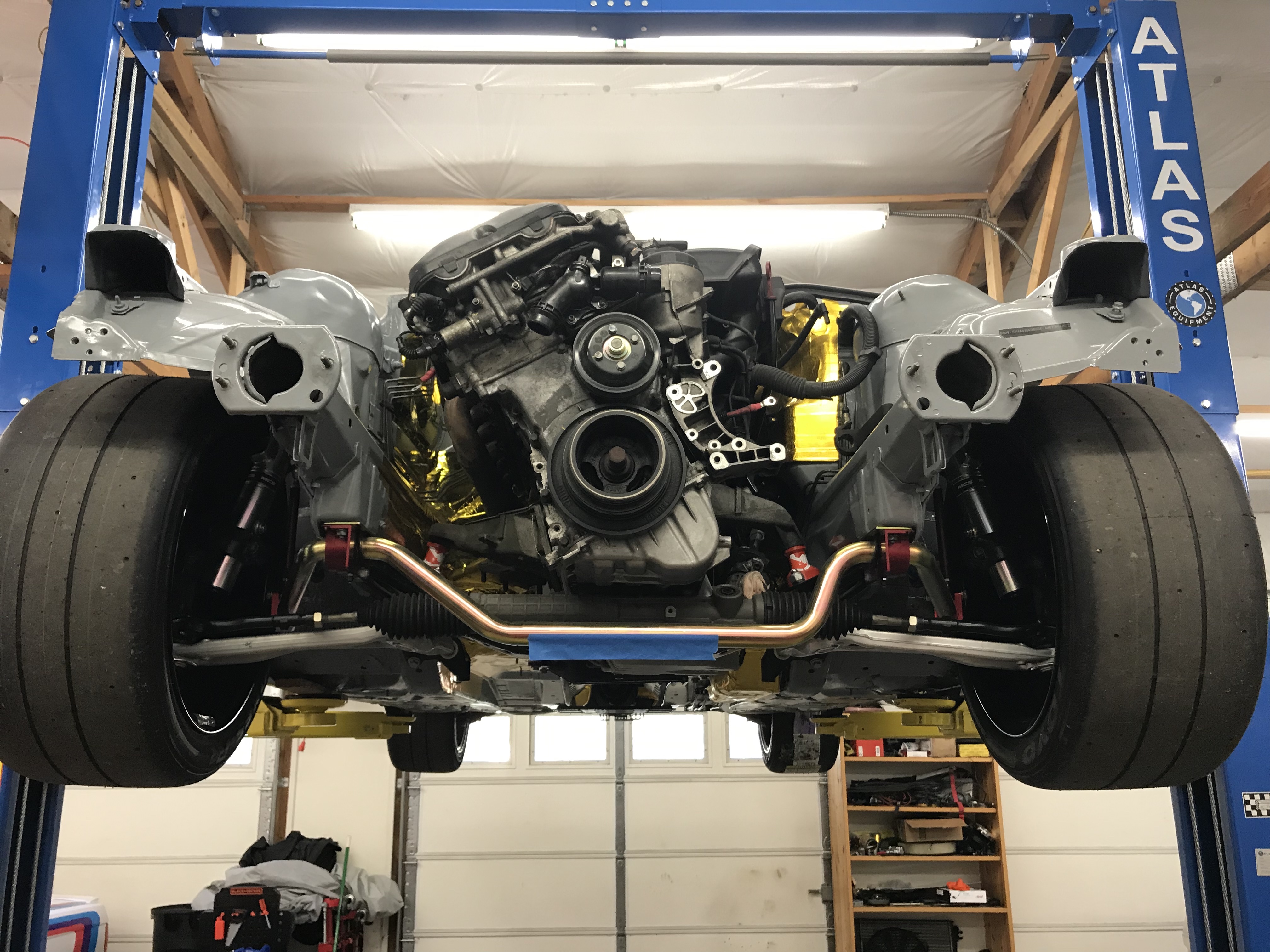










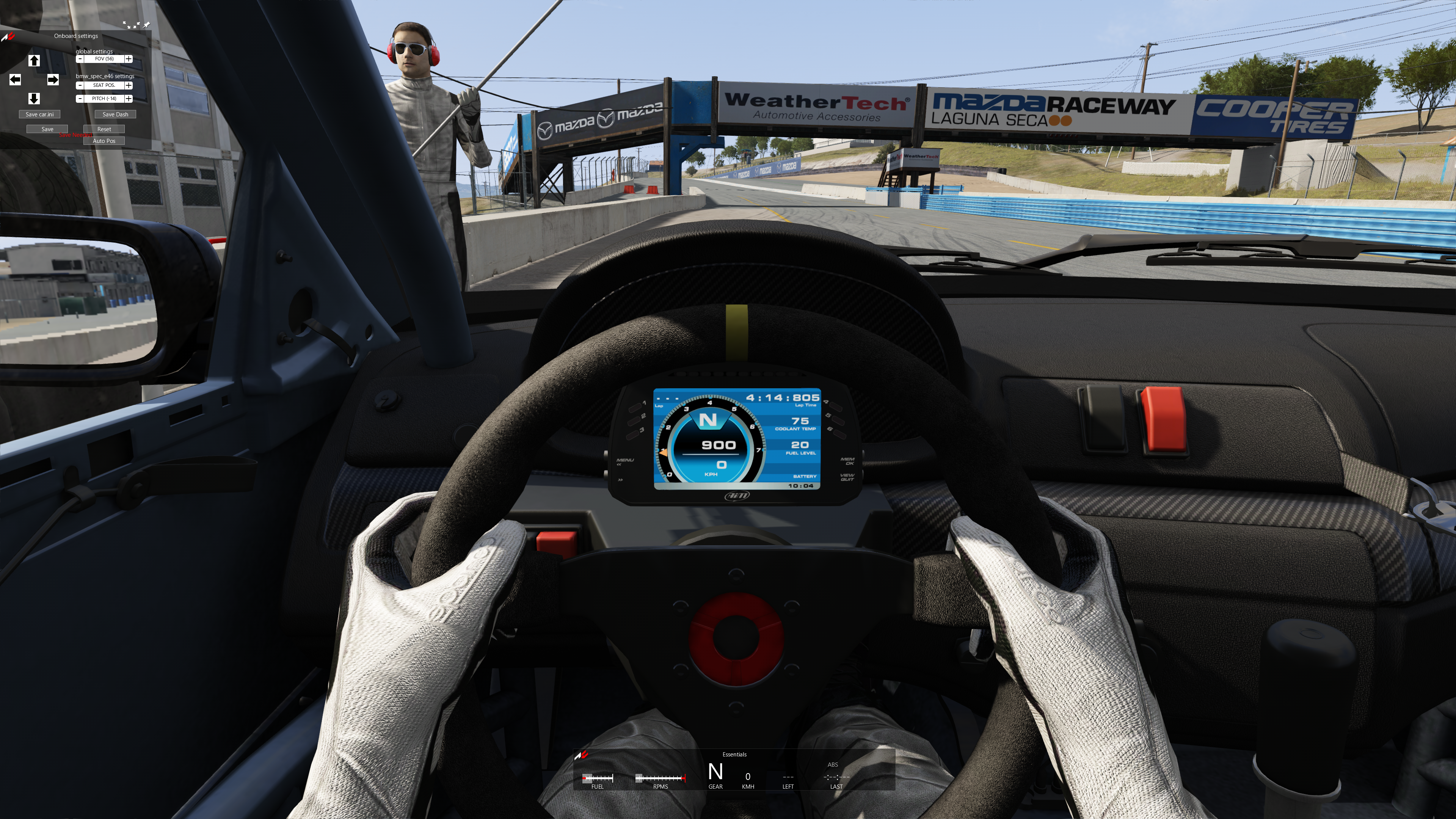






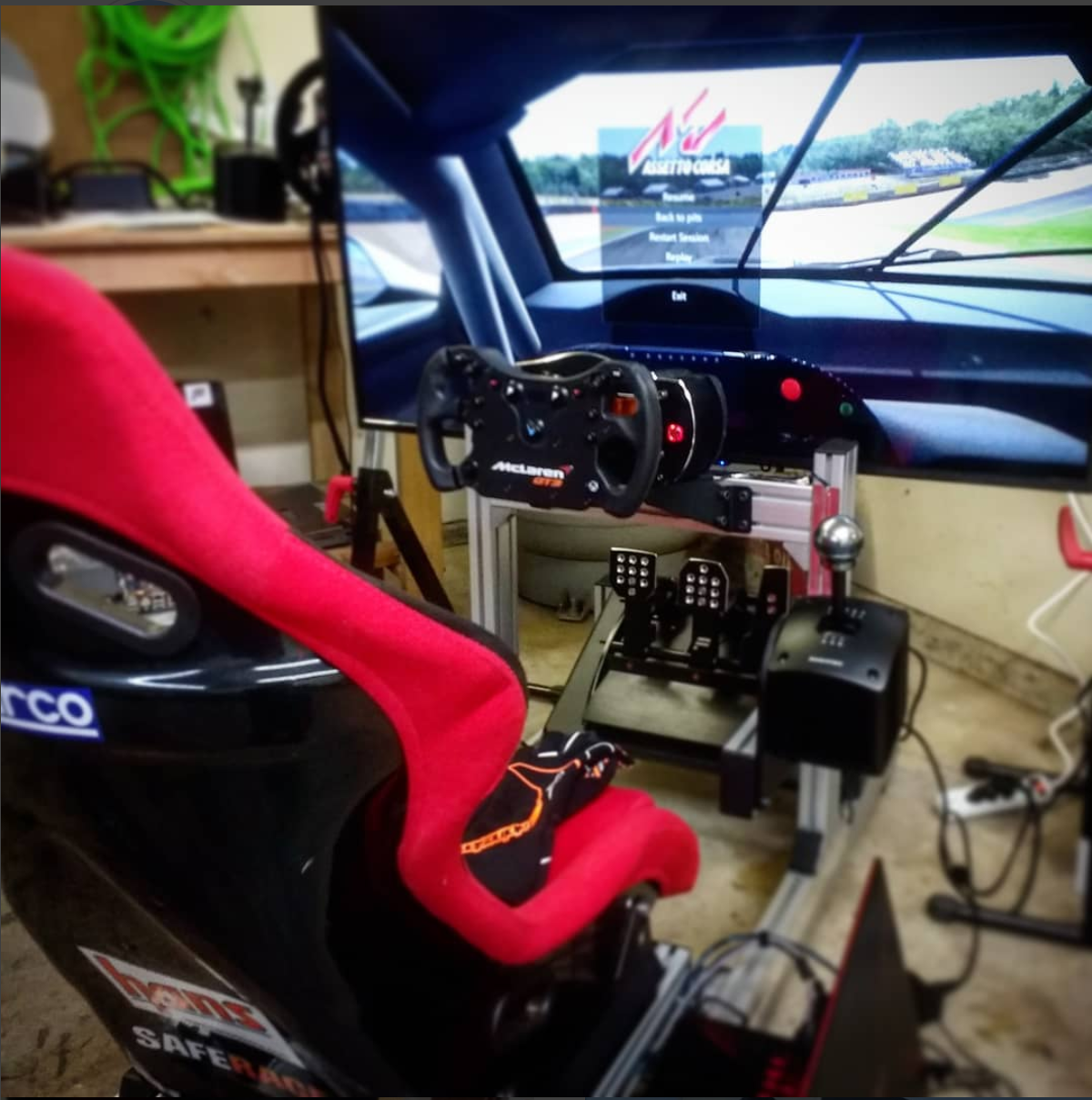 With the explosive growth of simulator driving for not just training but actual competition, big time dollars and rewards attached, we get more and more questions about how to get started building a simulator setup and specifically, what to get.
With the explosive growth of simulator driving for not just training but actual competition, big time dollars and rewards attached, we get more and more questions about how to get started building a simulator setup and specifically, what to get.


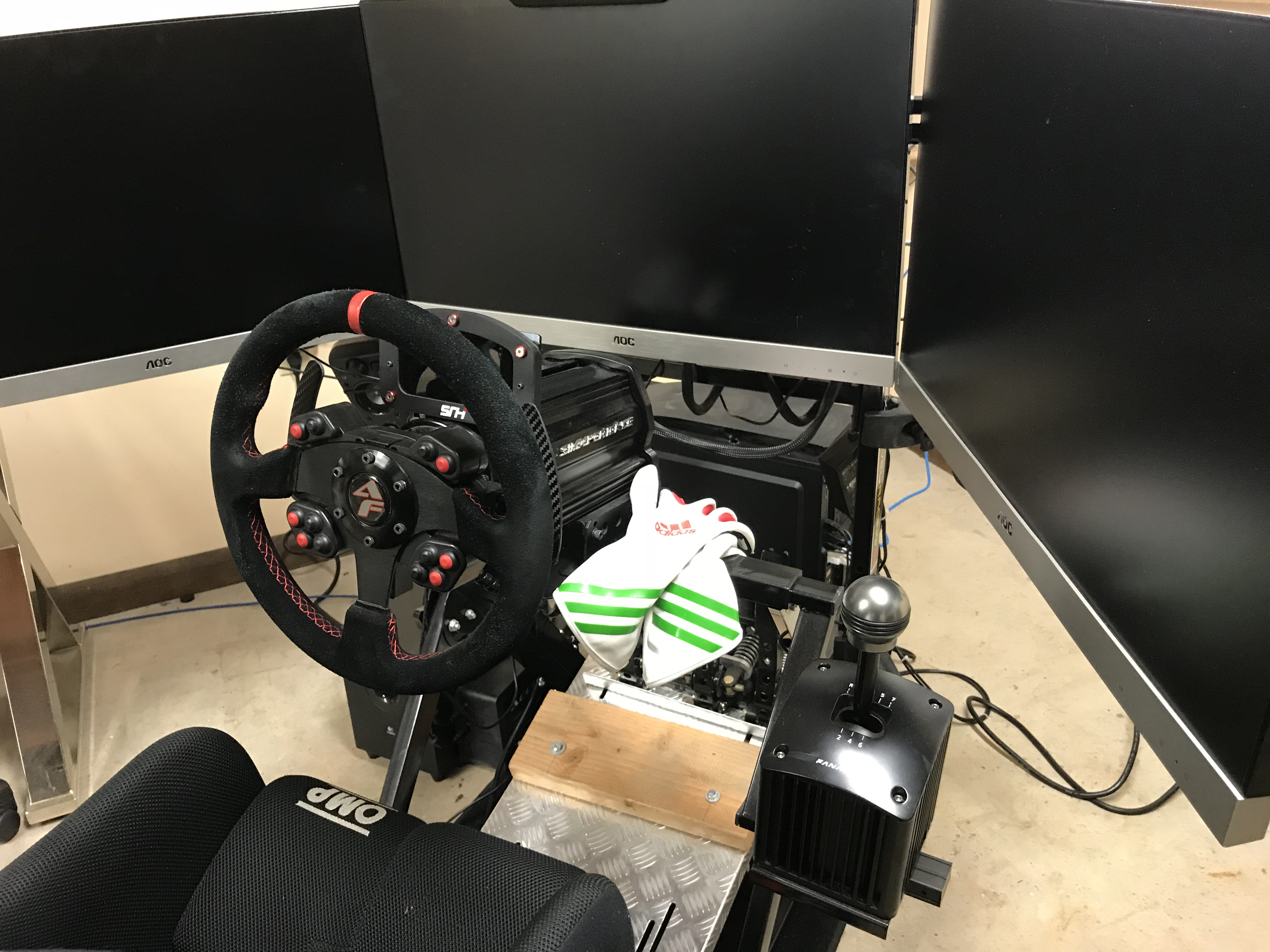
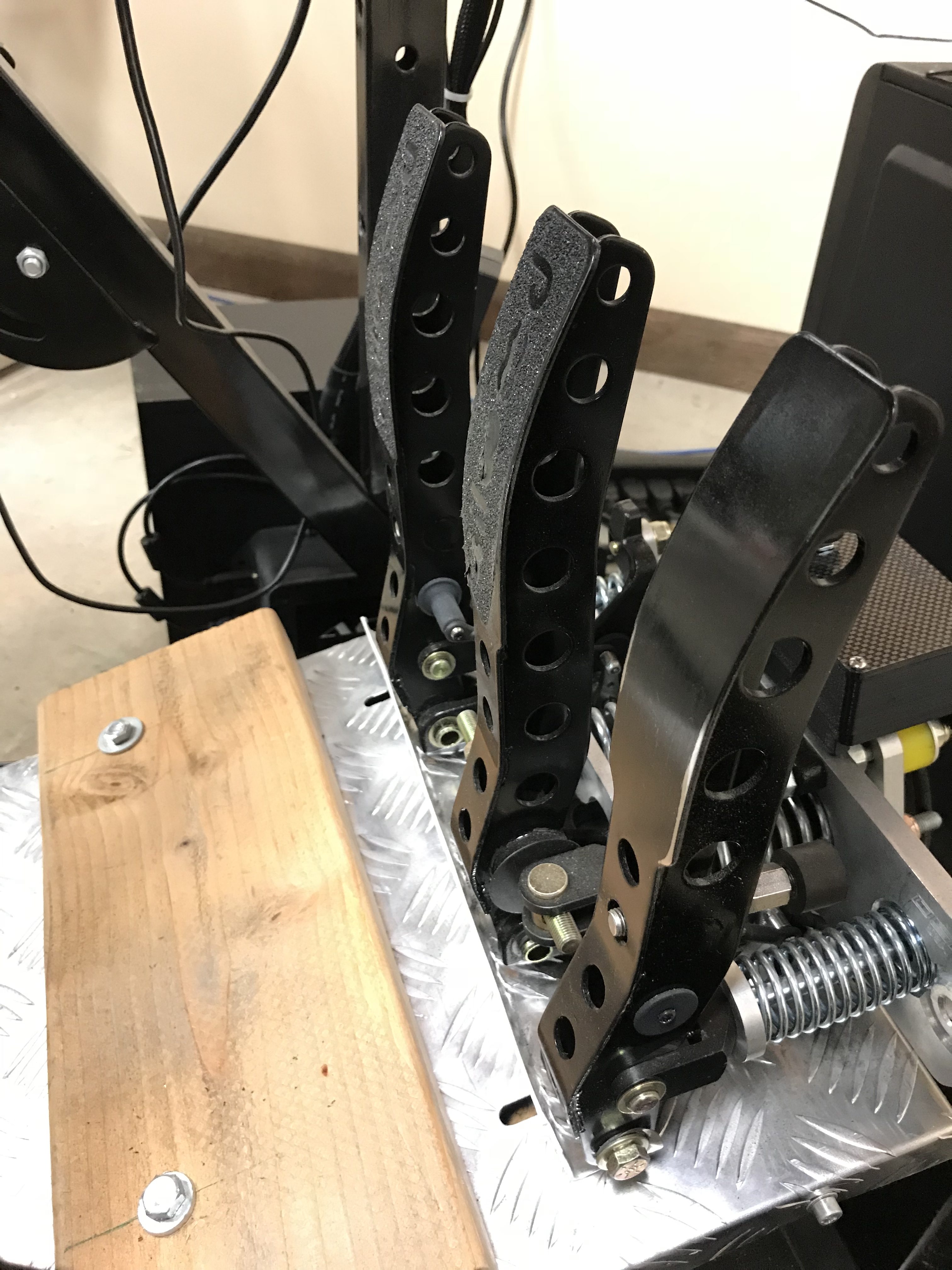












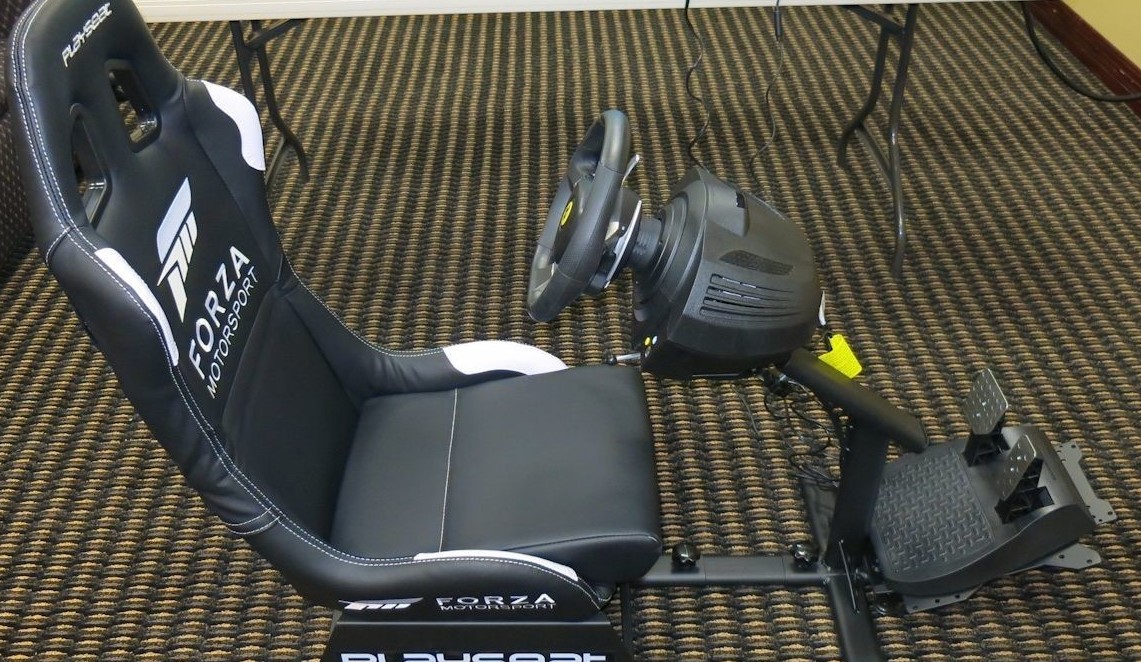 With the explosive growth of simulator driving for not just training but actual competition, big time dollars and rewards attached, we get more and more questions about how to get started building a simulator setup and specifically, what to get.
With the explosive growth of simulator driving for not just training but actual competition, big time dollars and rewards attached, we get more and more questions about how to get started building a simulator setup and specifically, what to get.



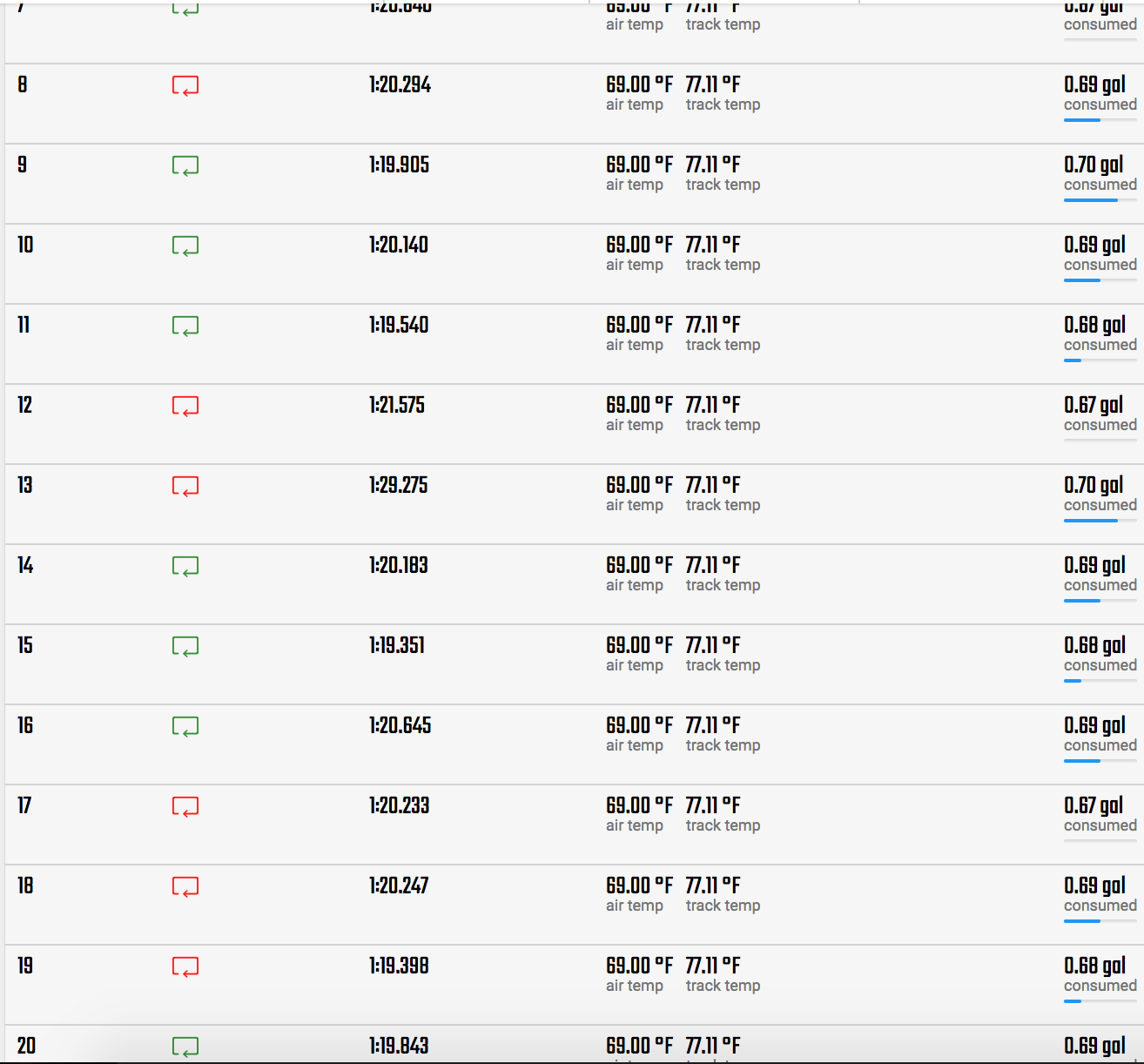 This is the last day of iRacing before the big race weekend at Portland International Raceways. The goal today was the same – another 20+ lap sessions, with no accidents, pushing for consistent, fast but not personal best laps. Just get into a rhythm and pound out lap, after lap, after lap – all near the limit (or at least mine).
This is the last day of iRacing before the big race weekend at Portland International Raceways. The goal today was the same – another 20+ lap sessions, with no accidents, pushing for consistent, fast but not personal best laps. Just get into a rhythm and pound out lap, after lap, after lap – all near the limit (or at least mine).


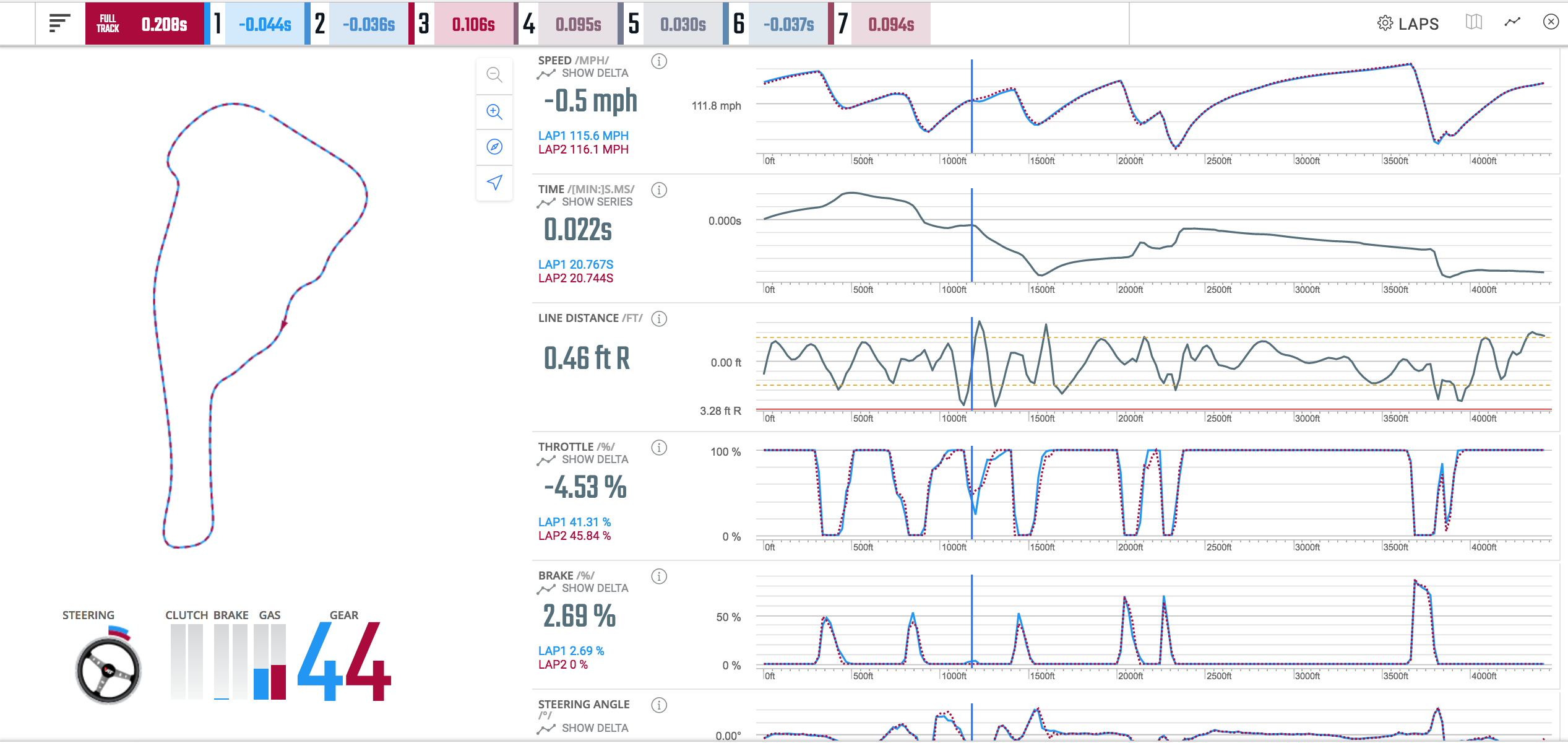 I’m not going to lie – I had a long night of work on Sunday night and didn’t go to bed until just past 1am PST. So when the alarm went off at 5:30am, I could barely move enough to shut the alarm down. So I did not race at all on Monday, instead deciding to be as fresh as I could for the next morning.
I’m not going to lie – I had a long night of work on Sunday night and didn’t go to bed until just past 1am PST. So when the alarm went off at 5:30am, I could barely move enough to shut the alarm down. So I did not race at all on Monday, instead deciding to be as fresh as I could for the next morning.


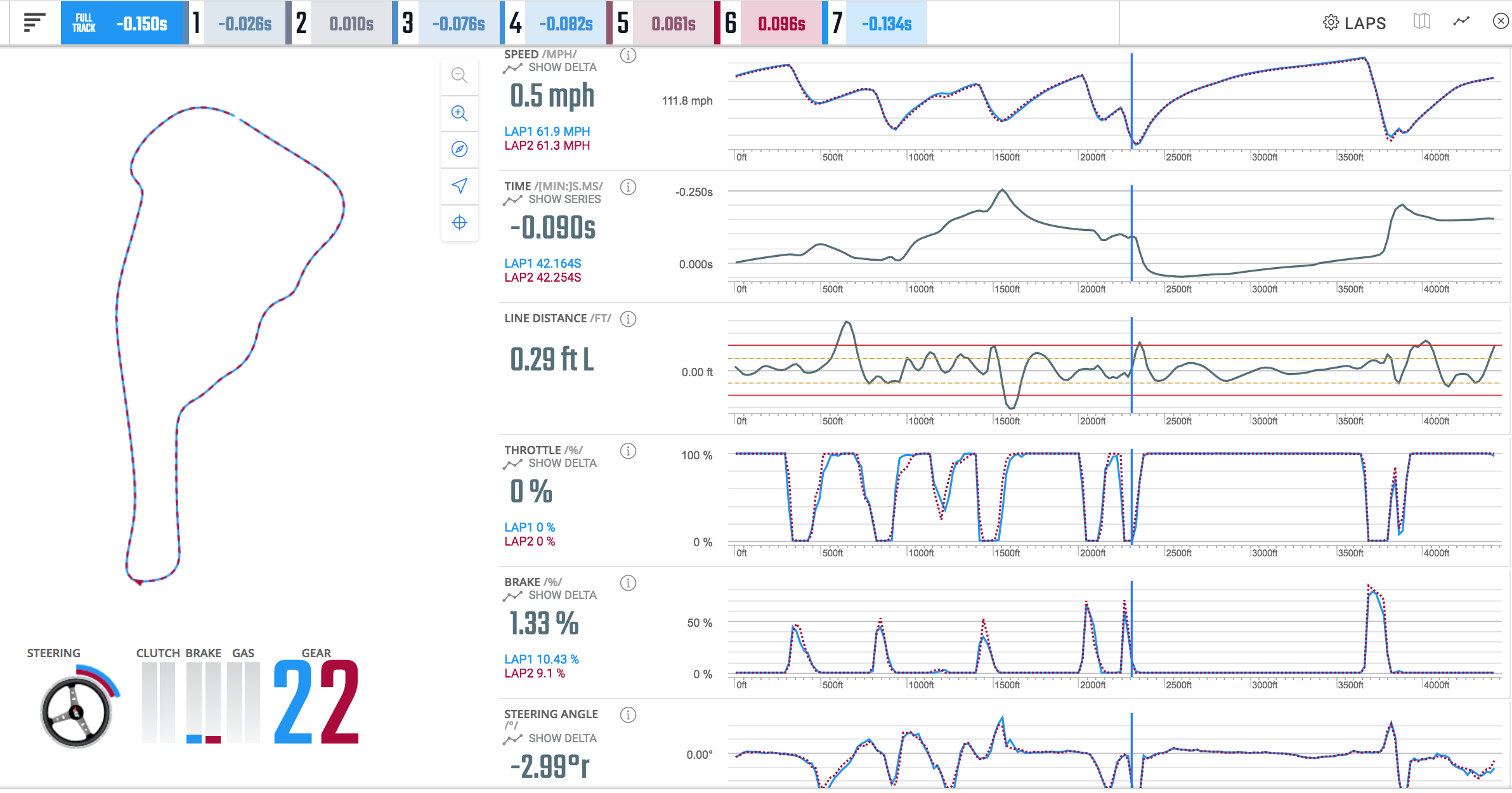 I have been working on driving more consistent… err… consistently, with some success but today, it finally all clicked and came together like never before.
I have been working on driving more consistent… err… consistently, with some success but today, it finally all clicked and came together like never before.



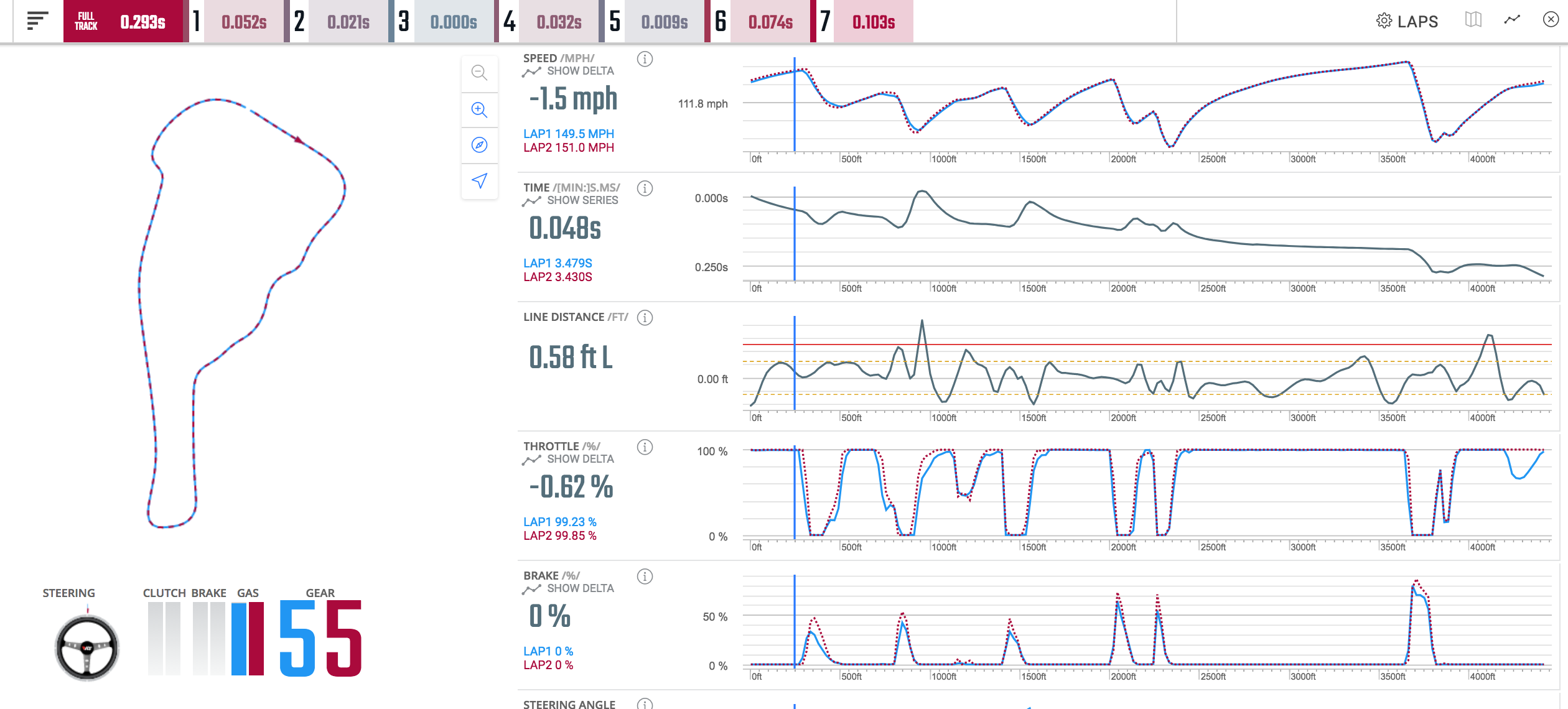 With the weather and track settings held constant, I was excited to get out and drive with more confidence that whatever improvements (or not) that happened, were of my own doing.
With the weather and track settings held constant, I was excited to get out and drive with more confidence that whatever improvements (or not) that happened, were of my own doing.



